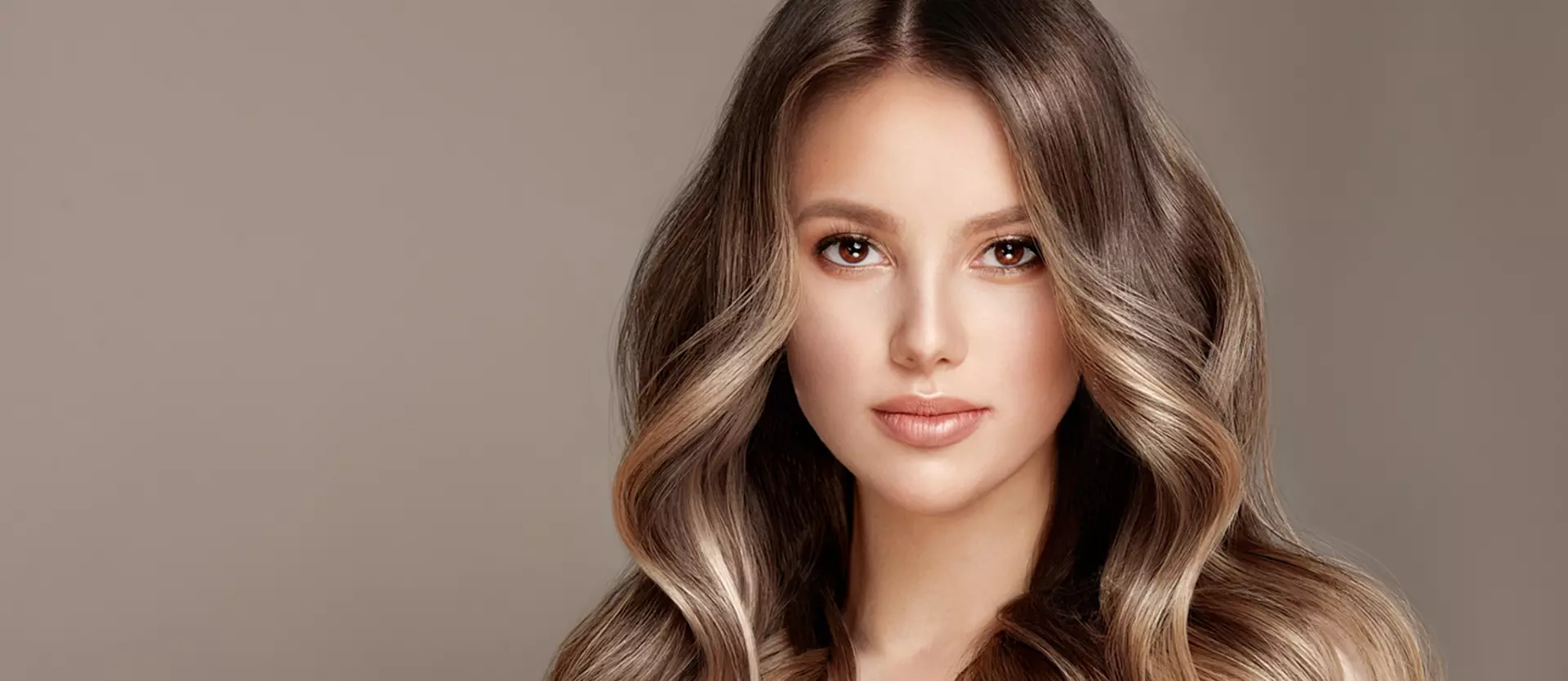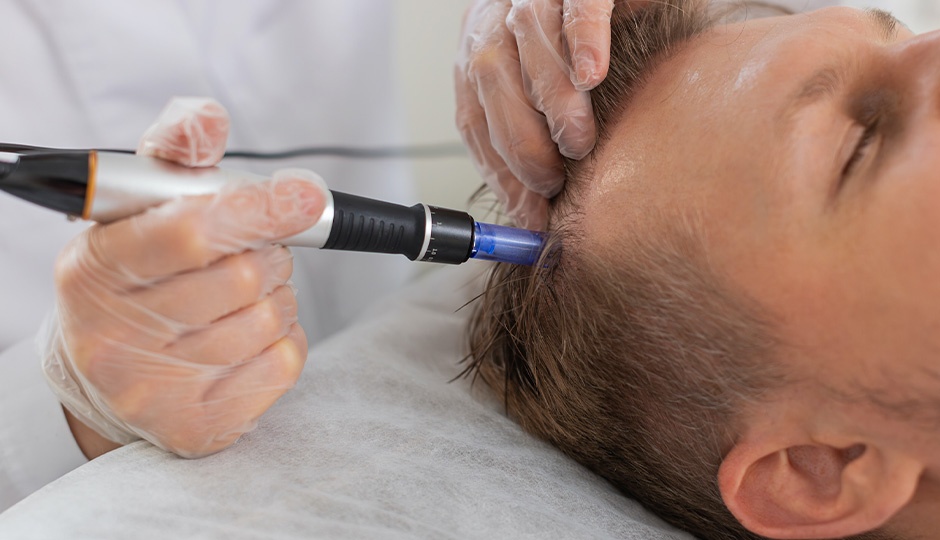You likely already know that alopecia is the name for hair loss. There are several kinds of alopecia too, such as alopecia areata, alopecia universalis, and telogen effluvium. These refer to different types of hair loss, depending on where it occurs and on the cause.
Chances are you haven’t heard of low local estrone alopecia. Despite the name being less well known, it does have the potential to affect many women, as we’ll soon see.
What Is Low Local Estrone Alopecia?
Let’s begin by finding out what estrone is. If it sounds vaguely familiar, it could be because it is a type of estrogen. There are three major types of estrogen, with estrone being the weakest among them.
So, with that in mind, low local estrone alopecia is a type of hair loss that appears with low levels of estrone in the hair follicles. This is one of two hormones in the hair follicles that help keep hair cycles in check.
You might guess that since we’ve mentioned estrogen here, this condition is more likely to appear in women than in men. Indeed, it appears frequently in women and yet is uncommon among men. This would tie in with what we know about low levels of estrone in the hair follicles causing alopecia in some women.
Some women do notice changes in their hair as they age and reach their menopausal years. Estrogen levels can go up and down through this period, and as estrogen lowers overall, women can experience differences throughout their body. While you may not think of your hair as suffering through these changes, it can change and become thinner and sparse as time goes on. Hormonal imbalances can affect men and women alike, but some imbalances tend to occur more readily in men than women, and vice versa.
How Is Low Local Estrone Alopecia Diagnosed?
There are a few research papers available online, but research is ongoing into this type of hair loss in women. This type of alopecia tends to be present with diffuse hair loss rather than patchy hair loss. However, there could potentially be other reasons why someone might experience thinner hair.
It appears that diagnosis involves ruling out other reasons for the hair loss. Similarly, if a woman is going through perimenopause, this might be a red flag that low local estrone alopecia could be the culprit (especially if the pattern of hair loss fits that idea).
The hair growth cycle goes in three stages. The anagen phase represents growth, the catagen phase indicates a period of transition, while the telogen phase is the resting phase. Having lower levels of estrone in the hair follicles can upset this cycle, thereby leading to the hair loss noted with this condition.
Will HRT Help Women Who Present With Low Local Estrone Alopecia?
HRT or hormone replacement therapy can help women who are struggling with symptoms of perimenopause – the period that occurs before menopause itself. Some women breeze through it, yet others struggle. There are dozens of symptoms, both physical and mental, that can occur. Alopecia can happen to anyone at any age for a variety of reasons, but low local estrone alopecia is more likely to occur among women at this point in their lives.
As such, there is a possibility that HRT might help prevent or reverse hair loss in women at this time of life. According to Italian research, a higher estrogen level may be supportive in women who are experiencing alopecia. This is more likely if the hair loss is triggered by low levels of estrogen (in this case, estrone).
Most women will experience some kind of symptoms relating to lower estrogen levels when approaching menopause. If you’ve noticed thinner hair, and you can see your scalp through it, seeking advice from your healthcare practitioner is a good start. HRT may make a difference to this situation by boosting the estrogen and hopefully leading to thicker hair again, although it may take a while to notice the effects.
If you are a woman experiencing hair loss or thinning hair, contact the team at Unique Hair Concepts for a complimentary, private, in-person consultation.






